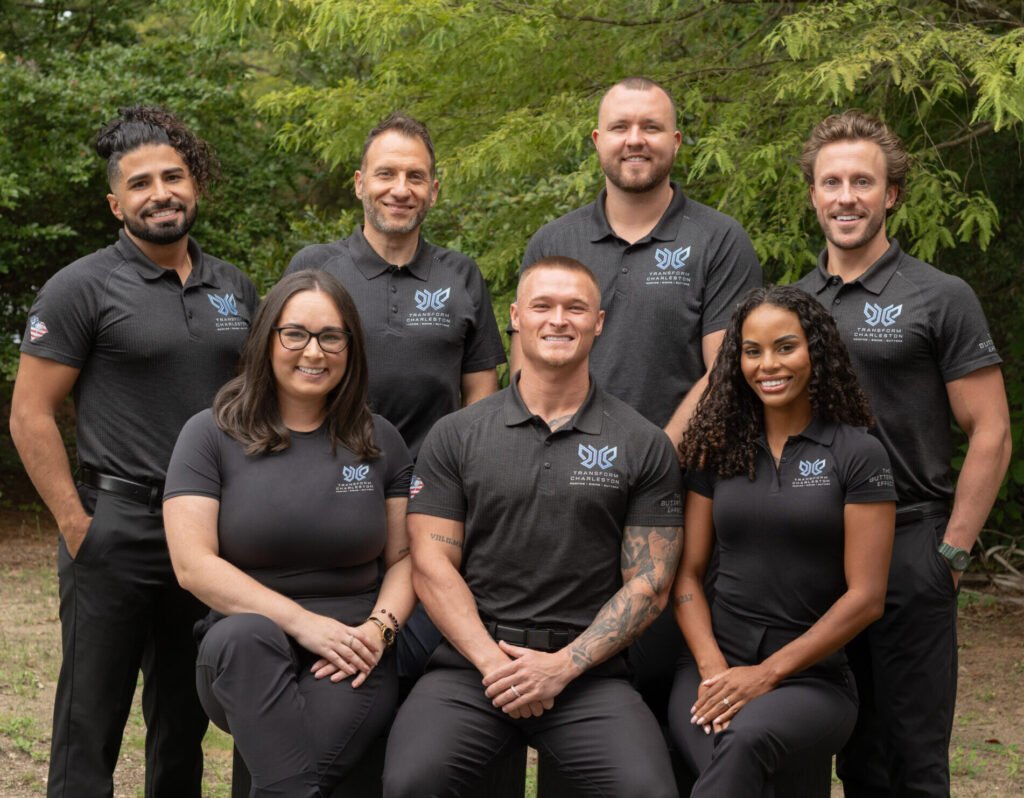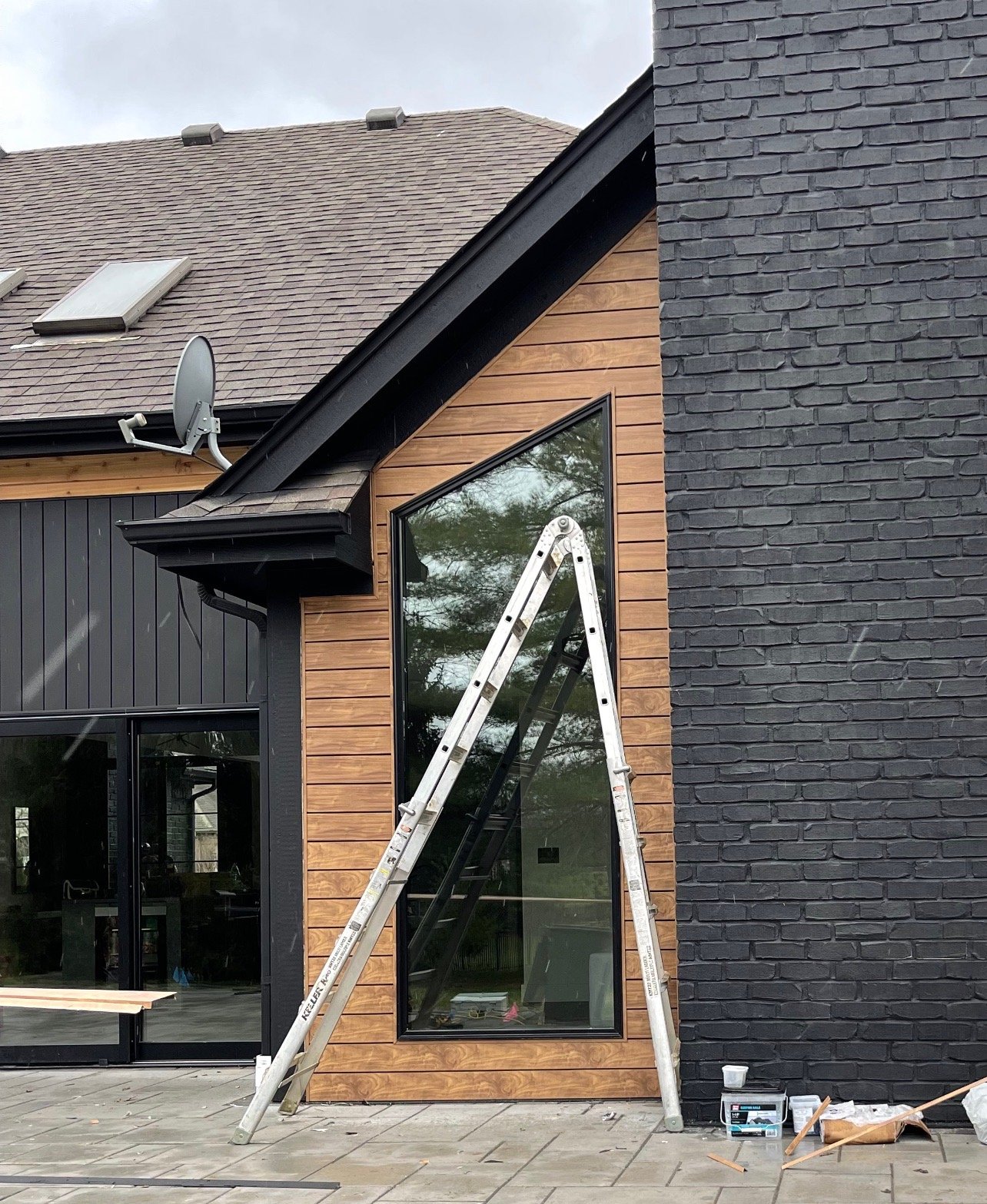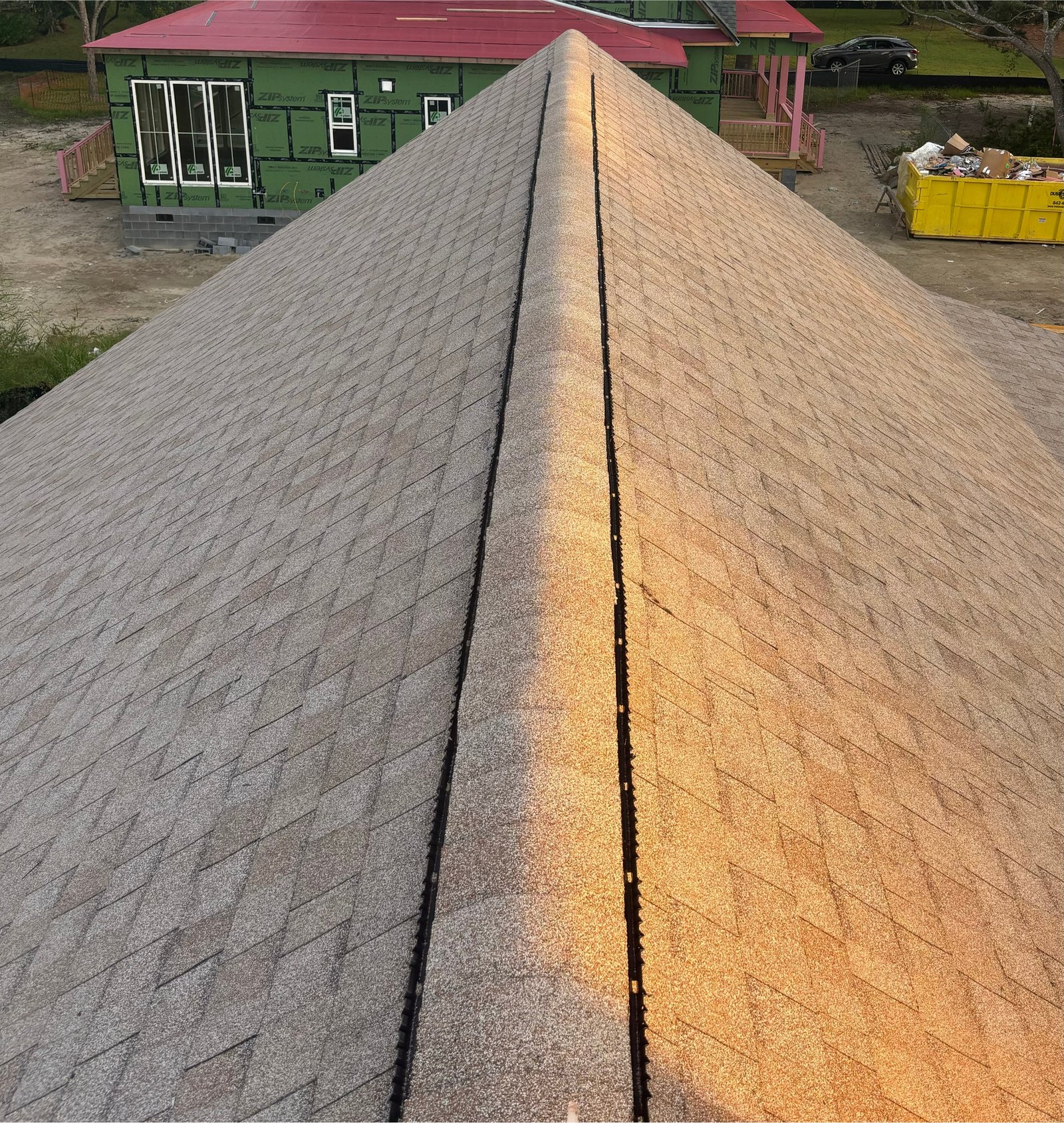Choosing the right siding for your home can be difficult, especially when there are so many siding options and opinions from contractors thrown at you all at once. Remember, contractors are biased! With that being said, it is crucial for homeowners to do their research to make sure that they are putting the product on their home that is going to meet their aesthetic goals, maximize their return on investment, and require as little maintenance as possible. Homeowners should consider these three factors when choosing their new siding material:
Return on Investment (ROI)
Siding is the most visible component of a home, so it’s essential to make sure the project is viewed as aesthetic, while still providing longevity. For instance, yellow sided homes have been proven to sell for less and take longer to sell than a grey home. Vinyl sided homes sell for less than composite, steel, or fiber cement sided homes. Siding products requiring little to no caulk are better investments over time due to the expenses required to re-caulk and re-paint products such as wood or fiber cement siding every 5-10 years. Every time a home needs to be re-caulked and re-painted, it can cost anywhere between $8 - $12 a square foot when completed by a professional company. On an average 2,000 square feet of siding, the cost is anywhere from $16,000 - $24,000. Therefore, it makes more sense for the homeowner to choose a product that may be a little more expensive initially to save on maintenance costs down the road.
For Example:
If Everlast Composite Siding is installed at $25/square foot on a 2,000 square foot sided home, the initial cost for that project would be $50,000. When compared to a potential James Hardie quote, quoted at $18/square foot, the initial cost would be $14,000 cheaper, at $36,000. At first glance, it looks as if James Hardie would be the better option with it being cheaper. If those homeowners were to only be in that home for 5 years or less, that would be true. In this same scenario, if those homeowners were to stay in that home for at least 10 years instead of 5, then they would be due for a reseal and repaint of that James Hardie due to the seams cracking and failing as well as the James Hardie product fading at the touch up spots. In 2024, the average re-caulk/re-paint on 2,000 square feet of siding is roughly $8-$12/square foot. Therefore, hypothetically in 10 years, with the increase in labor and material costs, the price would be closer to $11 - $15 per square foot for the same project. That would make the total cost of this James Hardie project $58,000 - $66,000, or $8,000+ more than the Everlast investment.
As you can see in the example above, both the initial costs and maintenance (estimated at the time the cost will take place) of a project both need to be heavily considered prior to choosing what siding is right for you. Do not be fooled by solely just the initial price. Maintenance can be extremely expensive and is very often overlooked when doing home improvement projects.
A simple rule of thumb when considering ROI would be:
1.) Does the siding require caulk or paint? If so, over time, these siding options would end up being significantly more expensive than a vinyl, steel, or composite siding option. Products needing caulk and paint include wood, fiber cement (James Hardie), and LP SmartSide. Therefore, if you are looking to maximize return on investment, vinyl, steel, or composite siding would be the best siding choices.
2.) Is the color you are choosing a typical color that you see on the majority of homes? Grey, white, dark blue, light blue, and brown are the most marketable and popular siding colors. Yellow, red, and bright green are the most uncommon siding colors.
3.) Does this product’s manufacturer offer a lifetime warranty? Is the warranty prorated? Does the company provide a workmanship warranty? How long is the workmanship warranty? This is another key factor to consider, because in the case the siding prematurely fails due to manufacturing issues, will the manufacturer really cover the costs to fix the product? Will the contractor still be in business, or do they have a sufficient warranty? If a company is only providing a 10 year workmanship warranty, but you are going to be in the home for 20 years, is this a risk you are willing to take? If so, you could be liable for repairs required after the warranty period.
Climate
Different types of siding are more suitable for specific types of climate. For instance, in climates that see a lot of rain and sun, caulked and painted products are not ideal as those products typically hold water and need to be re-caulked every 5 - 7 years. Products that hold a lot of water include wood and fiber cement (James Hardie). In climates that experience a lot of hail, less durable products like vinyl are not ideal. In conclusion, many siding product's lifespan directly rely on the climate that it is installed in.
Typically, vinyl lasts about 30-35 years in the South Carolina, Georgia, and Florida climates. Fiber cement (James Hardie) can last 25-30 years but requires maintenance every 5-7 years due to the high heat and sun exposure to the silicone caulking. Steel (26-Gauge) last about 40-45 years, and composite siding lasts 50+ years, while natural stone can last more than 100 years. While siding with a longer lifespan is more expensive, it can be worth it financially in the long run as you won’t need to replace it as often, and it won't require as much maintenance.
Aesthetic
The aesthetic of your home is essential. Choosing a siding color and style that suits the look of your home and enhances its curb appeal will improve your property’s value. There are many types of siding, so choosing the right one for your project can be a challenge. That's what project designers are for, as they can be a tremendous help throughout the process.
A great place to start is choosing the color scheme you would like to go with. Finding exterior color schemes is as simple as getting on Pinterest or Google and searching “home exterior color schemes.” This will help give the project designer an idea before starting the design of your home.
Next, what style of siding do you prefer? Lap siding, contemporary plank, board and batten, shake, shingle, or panels? This too can be found with a simple Pinterest or Google search. Different siding products can be installed on different areas of the home. When choosing to install different styles of siding on different areas of the home, it is crucial to review the ideas with your project designer. The designers can help explain the “3 CS” rule when designing home exteriors to make sure these different products and colors are positioned aesthetically on the exterior.
Finally, what trim options are included with those siding products? Are there seamless trim options? Which trim option best suits your home’s style? Sometimes thicker trim options are better for different types of homes. If a freeze board is present, it’s crucial to match the width of the board with the width of the window, door, and opening trim boards. If you have a two-story home, two story “seamless” trim options would be ideal for a cleaner look. Are there transition areas where trim boards are not necessary, but would be ideal for aesthetics?
This is why a project design professional would be ideal. If the company you are considering has a design specialist, ask them a ton of questions and take advantage of that service. A poorly designed siding install can be detrimental to your home’s value.
Author
-

Myself, Brent Bauer, and my amazing wife Ashley Bauer, founded Transform Charleston Roofing, Siding, Gutters, and Custom Exteriors with the passion and purpose to serve, love, and help people TRANSFORM their lives through self-development. We found that this is the secret to true fulfillment. This leads to our passion, as well as our “Why” as the Bauer’s.





